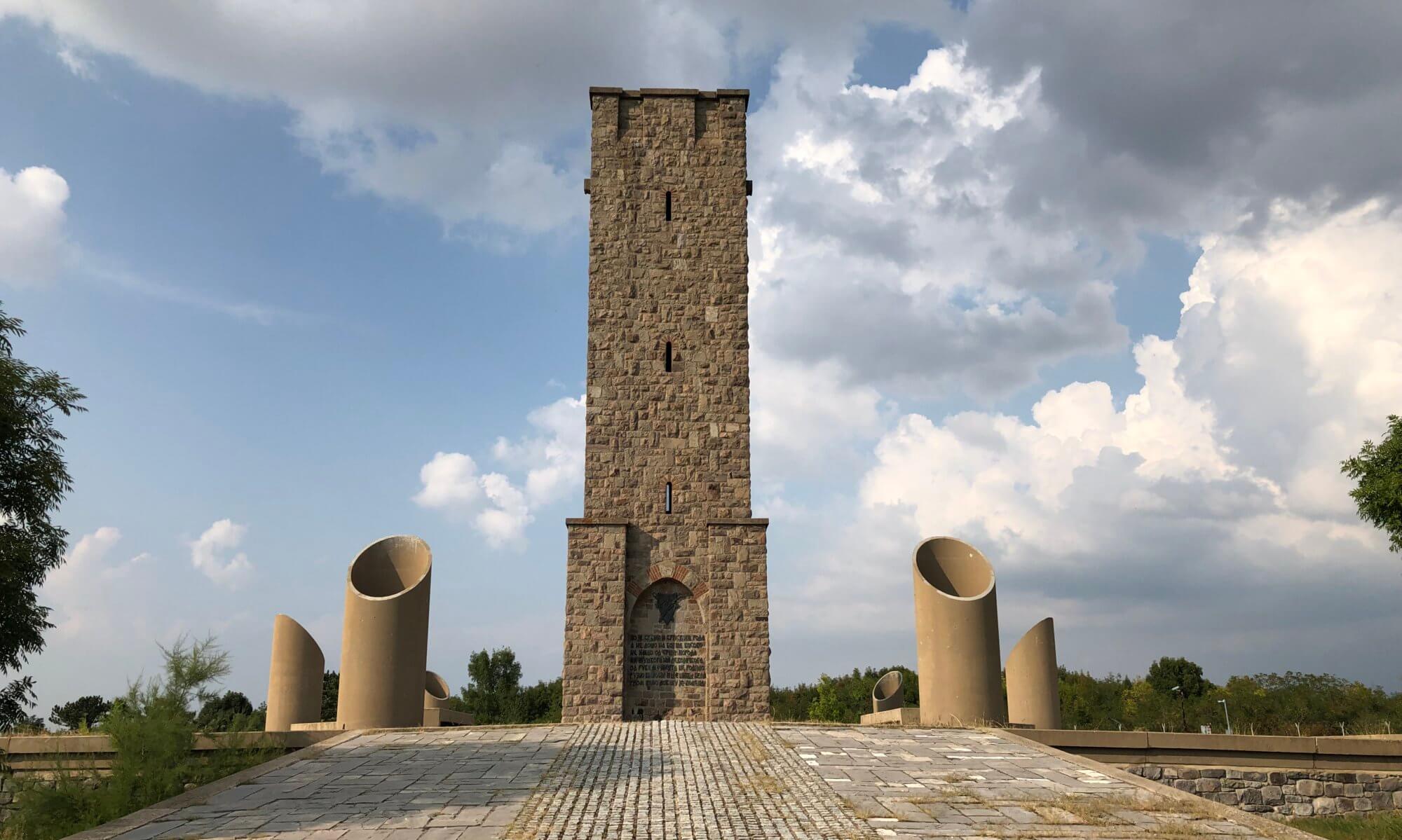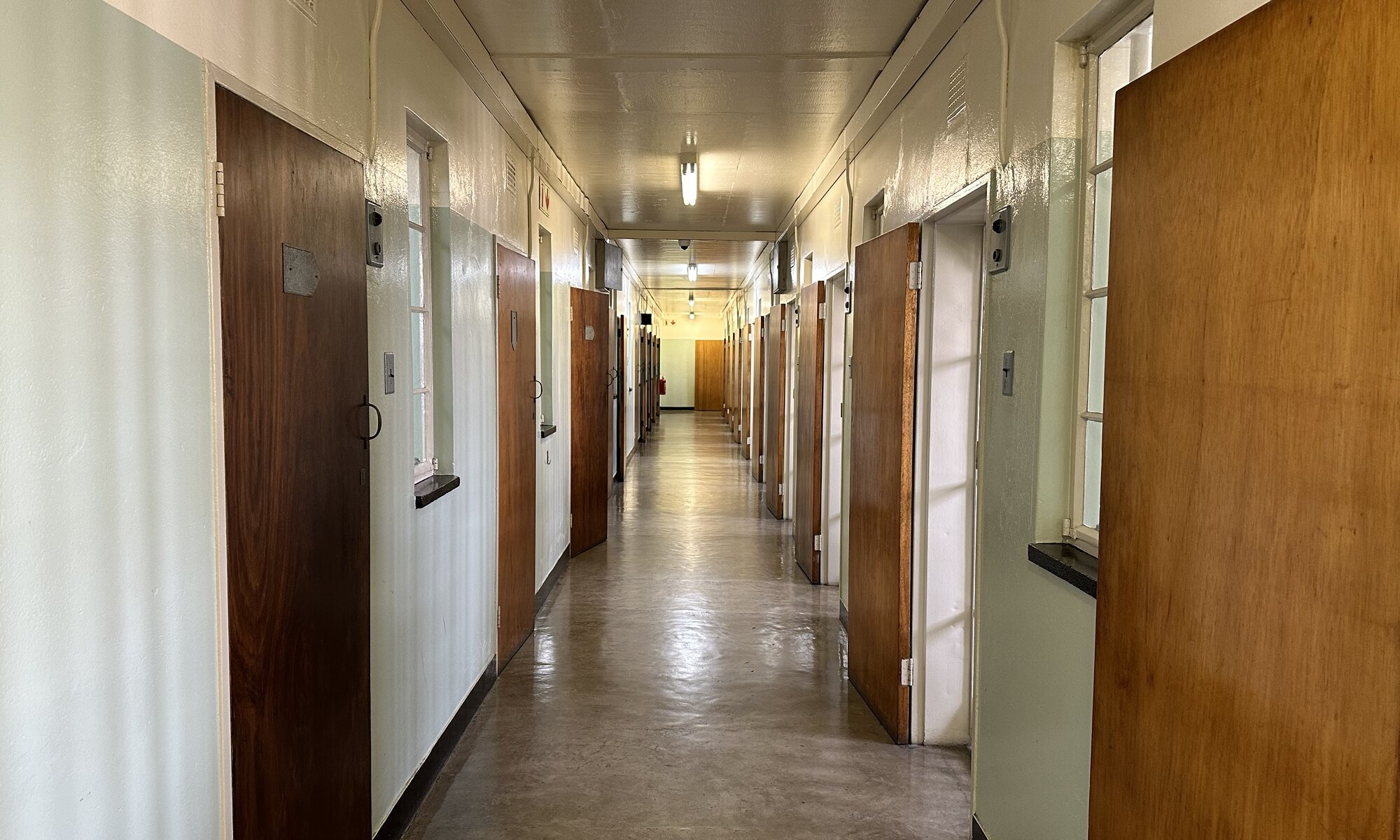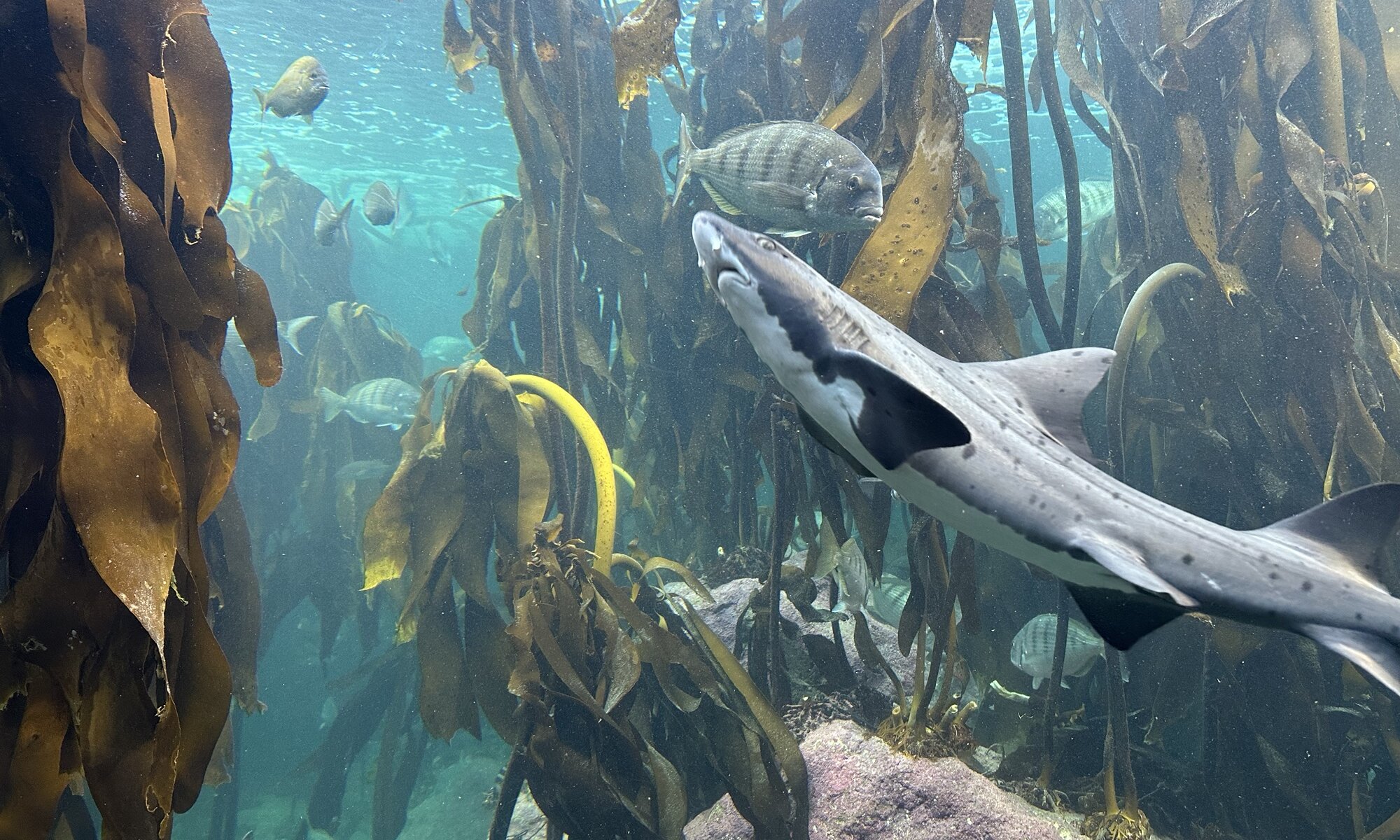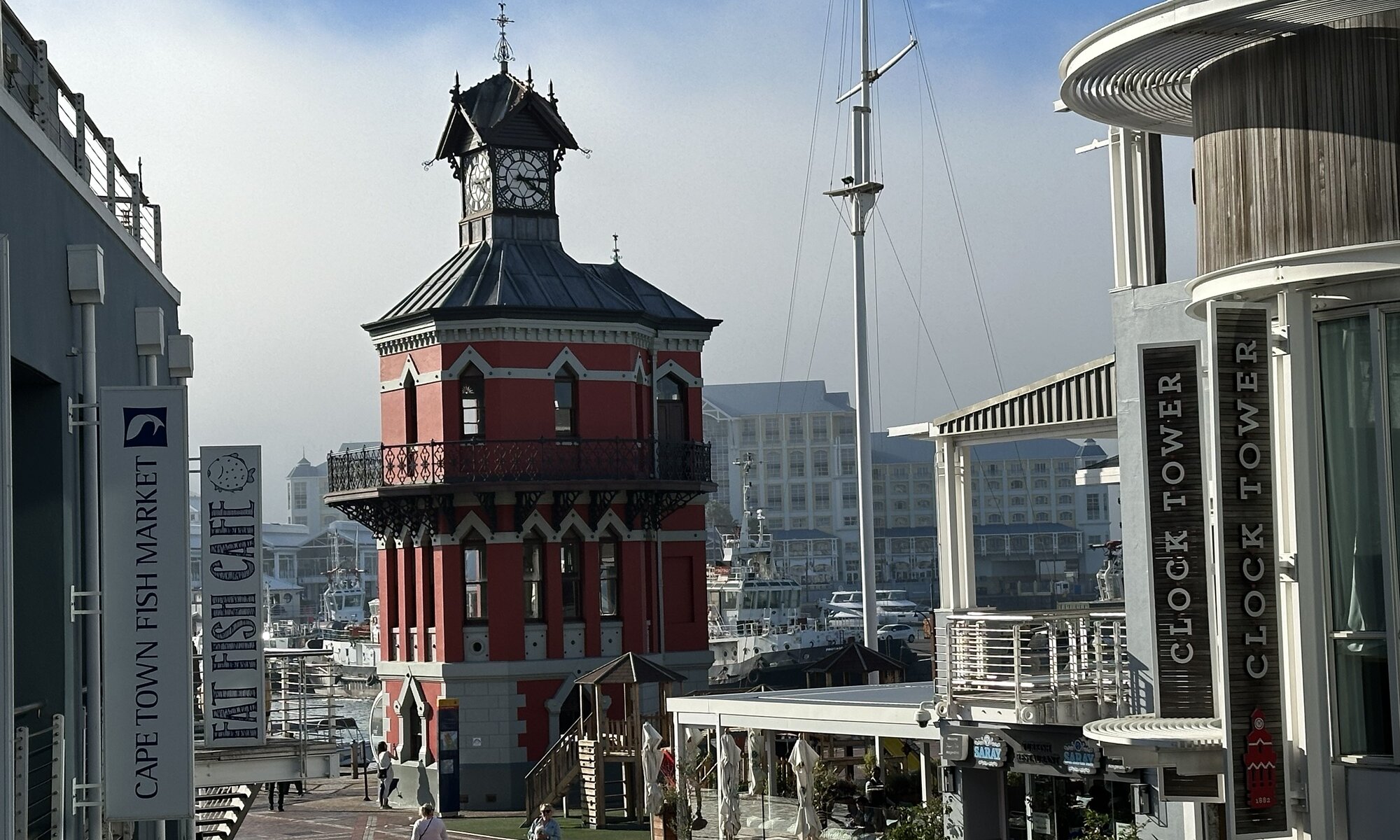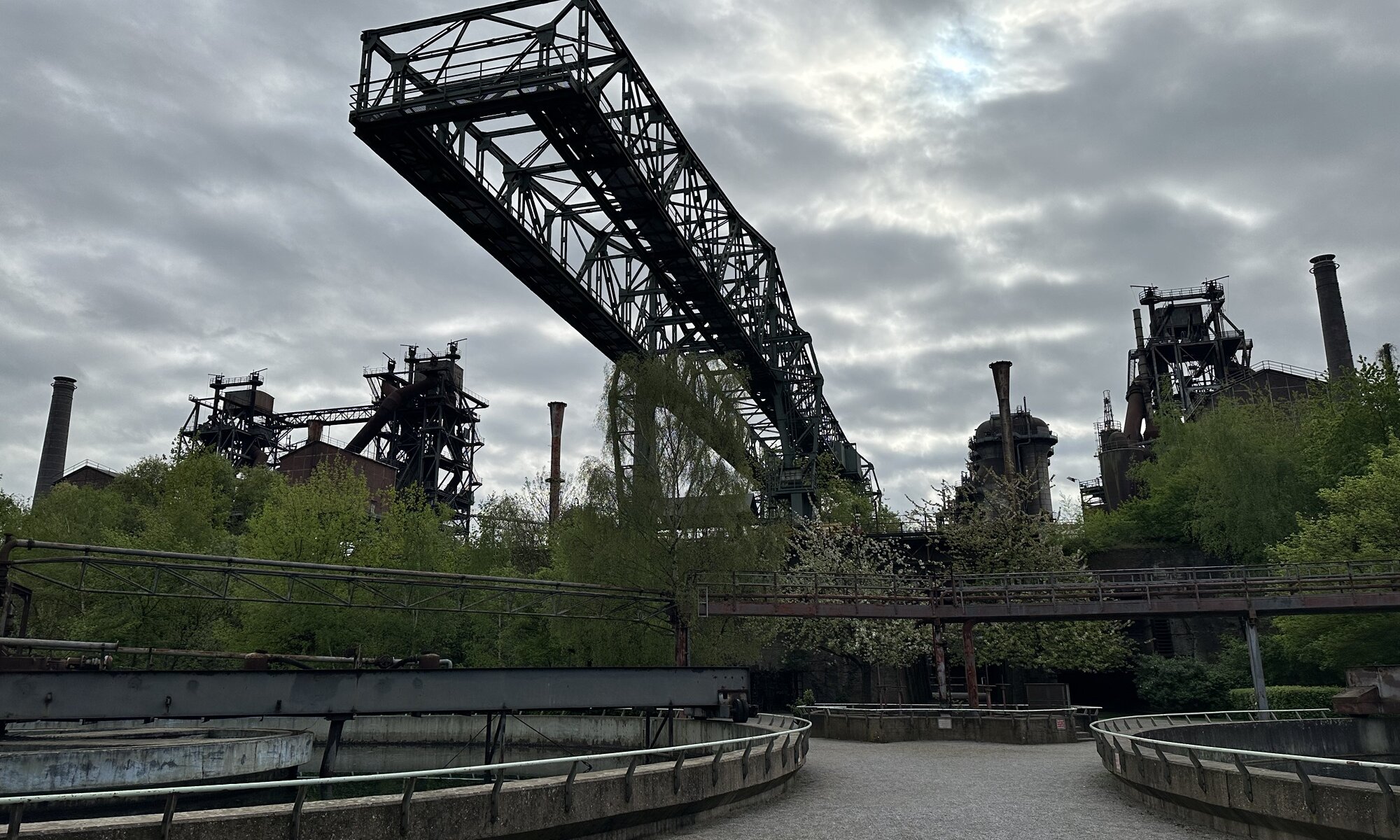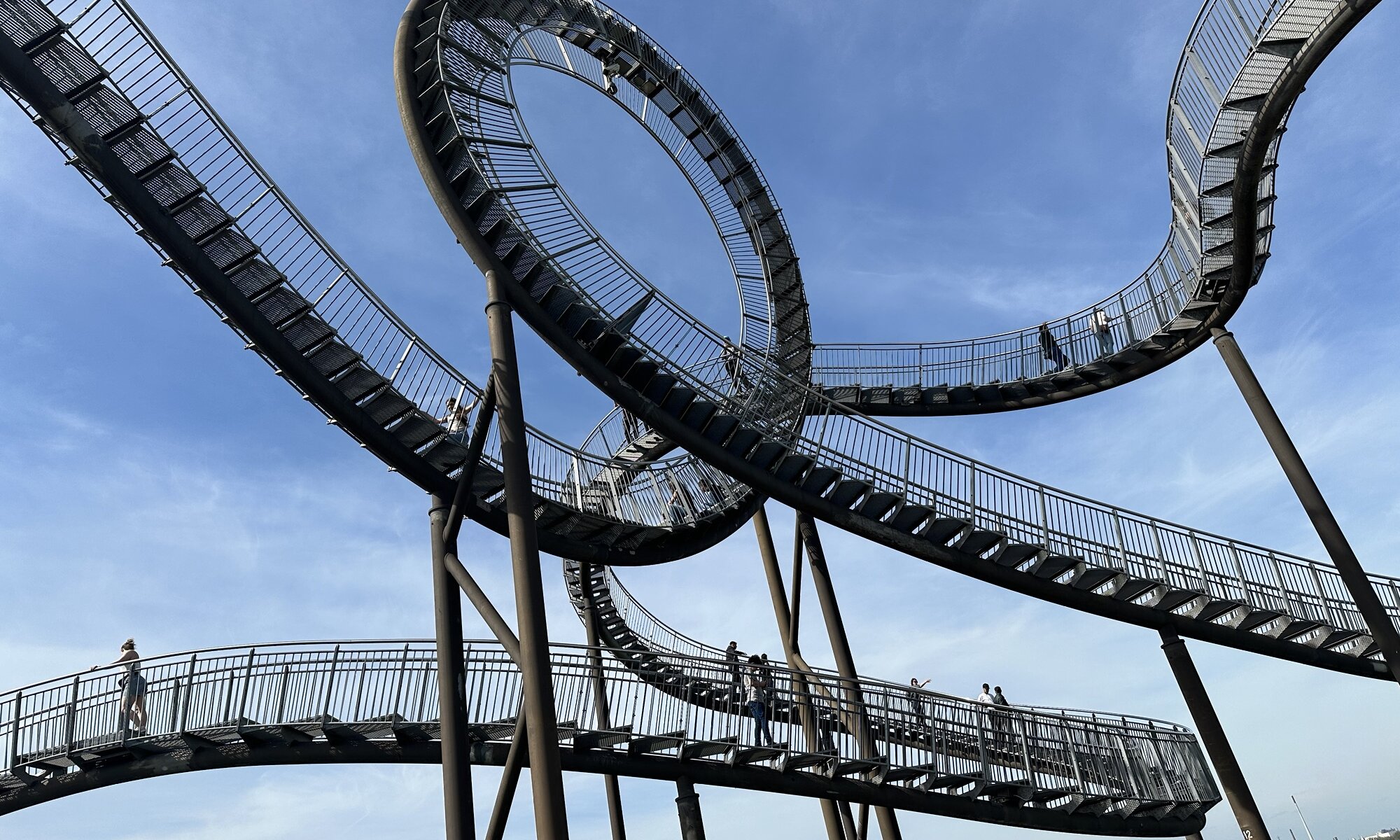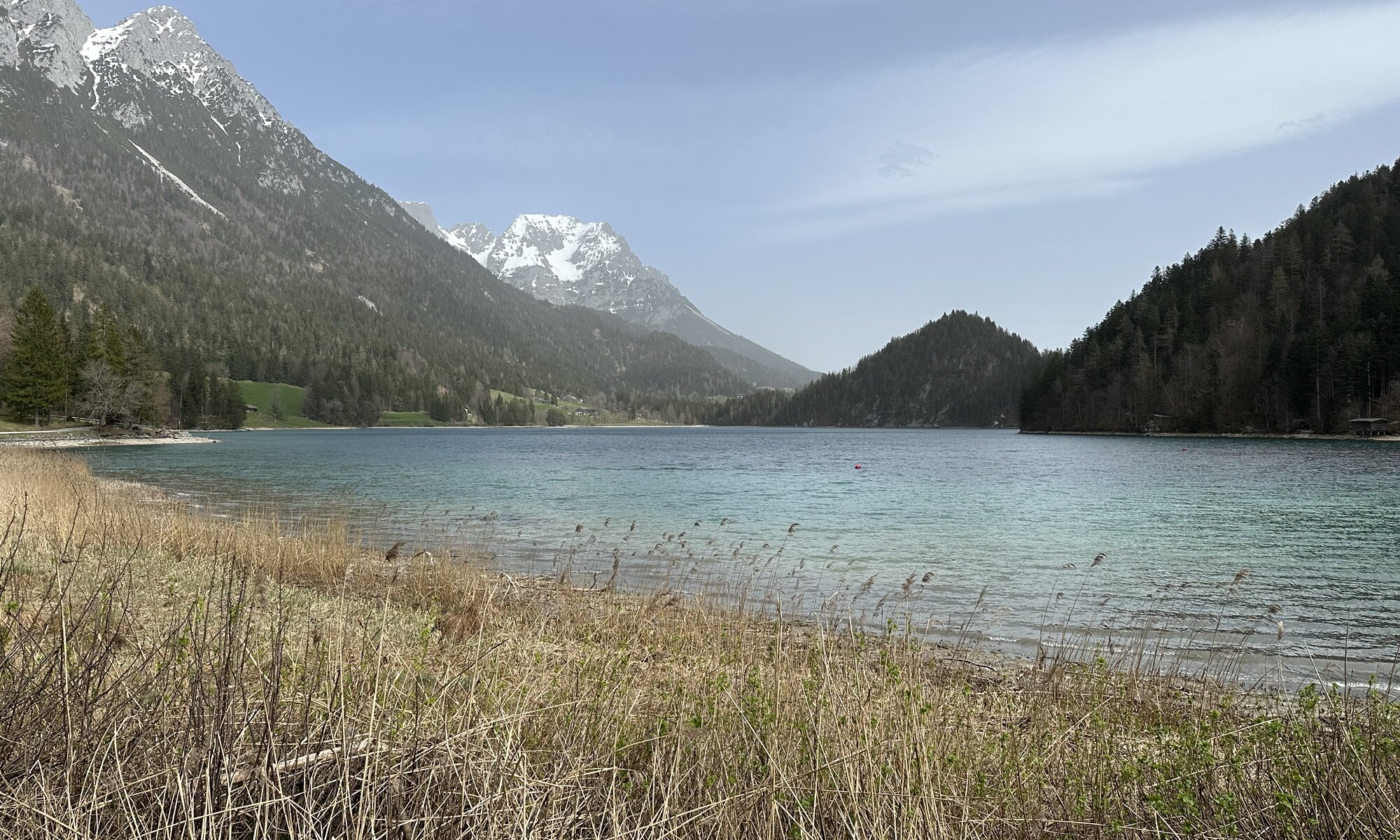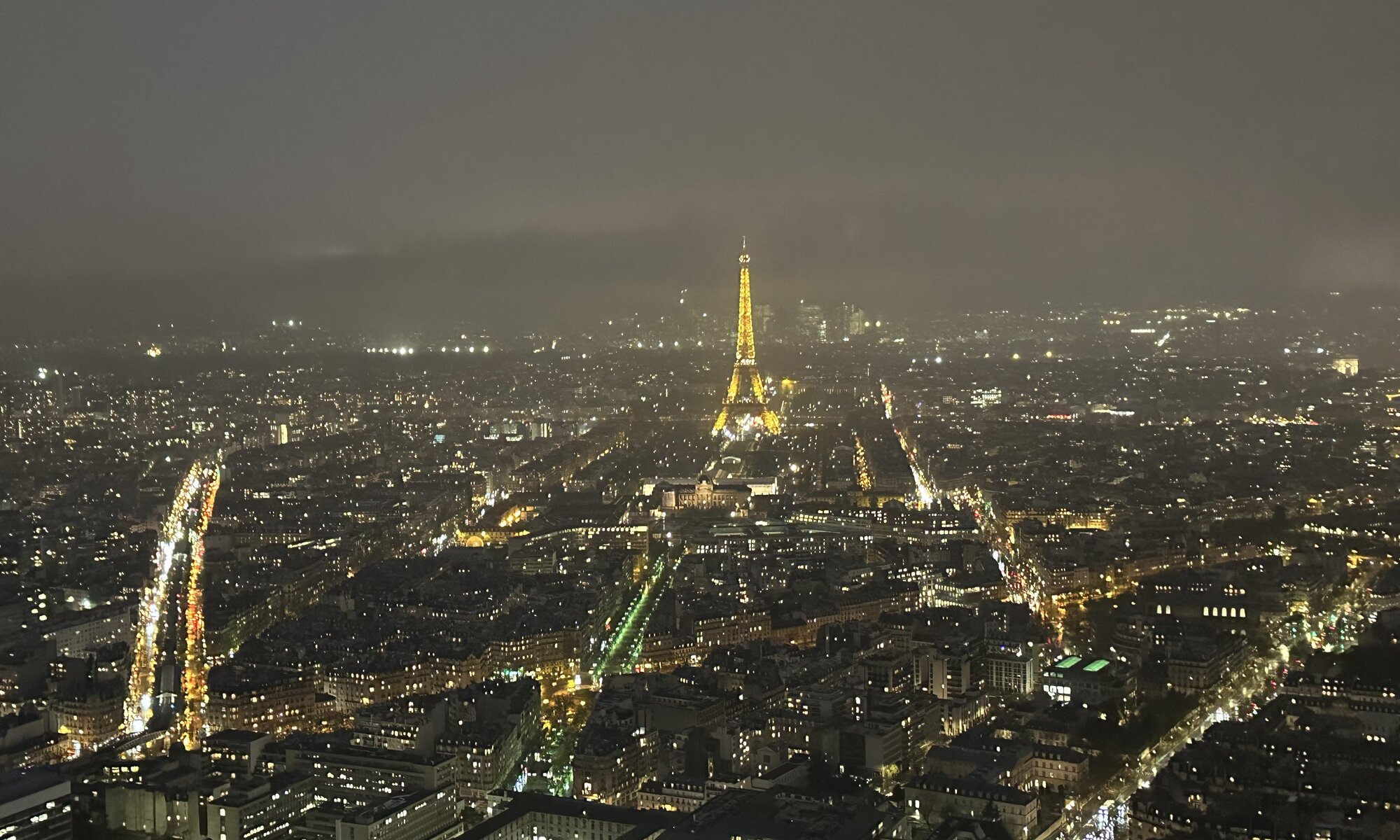The Castle of Good Hope, located in the heart of Cape Town, is the oldest surviving colonial building in South Africa and one of the city’s most significant historical landmarks. Built between 1666 and 1679 by the Dutch East India Company, the castle was initially constructed as a defensive fort to protect the Cape Colony from potential attacks by sea. Its star-shaped design, featuring thick stone walls, bastions, and a moat, reflects the military architecture of the time. Over the centuries, the castle has served various roles, including as a military garrison, prison, and governmental headquarters.
Continue reading “Kasteel die Goeie Hoop”Tabletop
Table Mountain, one of the most iconic landmarks in South Africa, stands proudly above Cape Town, offering breathtaking views of the city, the Atlantic Ocean, and the surrounding Cape Peninsula. The mountain, which rises to an elevation of 1,085 meters, is a designated UNESCO World Heritage Site and part of the Table Mountain National Park. Visitors can enjoy a variety of outdoor activities, including hiking and mountain biking, but one of the most popular ways to reach the summit is via the Table Mountain Aerial Cableway, a modern cable car system that has been transporting tourists to the top since 1929.
Continue reading “Tabletop”Robben Island
Robben Island, located off the coast of Cape Town, has a long and significant history, dating back to the 17th century when it was initially used by the Dutch as a place of exile and quarantine for the indigenous Khoikhoi people. Over the centuries, the island served various purposes, including as a prison, a leper colony, and even a military base. However, it is most renowned for its role during apartheid, when it became a symbol of the brutality and injustice of the regime. During this period, the island was used by the South African government as a high-security prison to house political prisoners, particularly those who opposed apartheid. The harsh conditions and isolation of Robben Island made it a place of suffering, but also of resistance and resilience for the many prisoners who were sent there.
Continue reading “Robben Island”Two Oceans
Cape Town is a city at the sea or better said near the point where two oceans meet: the Atlantic Ocean and the Indian Ocean. For sure a city like this needs an aquarium and here it is – the Two Oceans Aquarium at the Victoria & Alfred Waterfront. It was opened in 1995 and shows 300 fish species in 30 tanks plus penguins and seals. You can find all the inhabitants of the seas here, from jelly fish, klipfish, moray eels and anemonefish to sea horses.
Continue reading “Two Oceans”Waterfront
A place that tourists visit frequently at Cape Town is the Victoria & Alfred Waterfront (or short V&A Waterfront) – the area around the harbor of the city. It is named after Queen Victoria of England and her son Alfred who laid the foundation for the wave breaker in front of the harbor. The area is fascinating as it consists of the still active harbor, wharfs where ships are repaid as well as a very touristy section with bars, restaurants and a vast shopping mall.
Continue reading “Waterfront”District 12
The city of Duisburg is part of the Ruhrgebiet, a former industrial zone in Germany that had to cope with the shrinking importance of mining in Germany. A structural change happened over time and the service sector gained a lot of economic importance, but nevertheless a lot of cities of the Ruhrpott are not as prosperous as other parts of Germany. Why should one travel to Duisburg? If you’re interested in industrial heritage it is a nice place to be – from the converted river port to the old steelworks that can be explored here.
Continue reading “District 12”Tiger & turtle
In the south of Duisburg, close to the industrial zone of Angershausen you can find the magic mountain: it is a good example of conversion at the Ruhrgebiet. The 35 meters high hill was once a waste disposal site of a zinc manufacturing company. When the Ruhrgebiet became European Capital of Culture in 2010 it was decided to create an artwork in this location and the design of Heike Mutter and Ulrich Genth won the contest.
Continue reading “Tiger & turtle”Hintersteiner See
One could say the Hintersteiner See is just a lake in the mountains used to generate electric power, but that would really underestimate this natural beauty located at height of 882 meters above the Adriatic Sea (that’s the way how they measure elevation in Austria). Once created by a glacier this lake near Scheffau am Wilden Kaiser offers a nice bathing area and a round course leading you through the mountains with nice views on the lake.
Continue reading “Hintersteiner See”Bavarian Sea
In the Southeast of Germany you can find the Chiemsee, the largest lake of Bavaria and after the Lake Constance and the Müritz the third-largest one of Germany – therefore it is also called Bayerisches Meer (Bavarian Sea). It is named after the settlement of Chieming close to the lake and was originally created by a glacier 10,000 years ago. Within the lake you can find four islands (Herreninsel, Fraueninsel, Krautinsel, Schalch) of very different sizes.
Continue reading “Bavarian Sea”Tour Montparnasse
The Tour Eiffel is the highest building at Paris, the second highest one – clearly visible on the skyline of the city – is the Tour Montparnasse next to the Gare Montparnasse at the 15eme arrondissement. It was inaugurated in 1973 and is 210 meters high, 120 meters smaller than Eiffels iconic building. But nevertheless it is still today controversial, as only these two buildings stand out in this part of the city. The Tour Montparnasse was designed in the International Style and has 59 floors.
Continue reading “Tour Montparnasse”